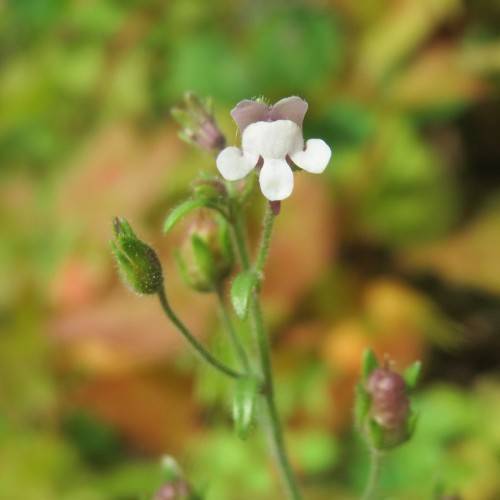
Small Snapdragon
Chaenorhinum minus subsp. minus
Watering:
Minimal
Hardiness Zone:
Sun:
full sun,part shade
Growth Rate:
Low
Drought Tolerant:
Yes
Salt Tolerant:
Yes
Thorny:
Yes
Care Level:
Low
watering
Watering for Alpine Pincushion can vary depending on the soil and climate conditions. Generally, it should be watered once a week during the first month after it is planted. During the warmer months (April - August) it should be watered about every 5-7 days as necessary. Decrease the frequency of watering during the cooler months (September - March), only watering when the soil is dry to the touch. To ensure adequate soil moisture, you may need to water twice a week when temperatures are hot and dry. Allow the soil to dry slightly in between waterings. Avoid over-watering as this can lead to root rot and other health issues.
sunlight
Alpine Pincushion (Chaenactis douglasii var. douglasii) grows best in full sun, which means it should receive 8 or more hours of direct sunlight each day. Ideal locations for these plants are south- or west-facing slopes; however, locations with some shade are also suitable. For maximum flowering potential, it is important to provide ample sunlight. When planted in the shade or with only partial sunlight, the plants will still grow, but flowering will be greatly diminished. In order for the plant to thrive and create vibrant blooms, it is best to give the plant at least 8 hours of direct sunlight each day, preferably between the hours of 8am and 6pm.
pruning
Alpine Pincushion (Chaenactis douglasii var. douglasii) should be pruned during spring and summer, after the plant has finished blooming. Remove dead, diseased, and damaged stems and branches as needed throughout the season. Pruning should be done lightly to promote branching and flowering. Lightly tip-prune flowering stems to shape the plant and encourage bushier growth. Keep the plant's size and shape in check by removing the tallest flower stalks in late spring to mid-summer. Deadheading (removing spent blooms) is also beneficial for promoting the plant's overall health.
